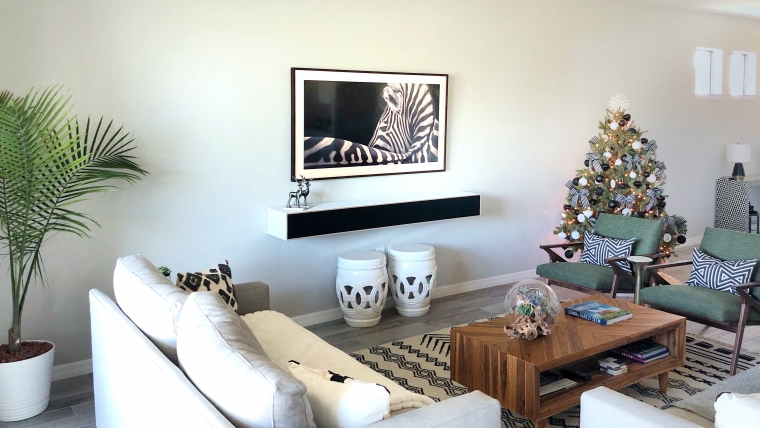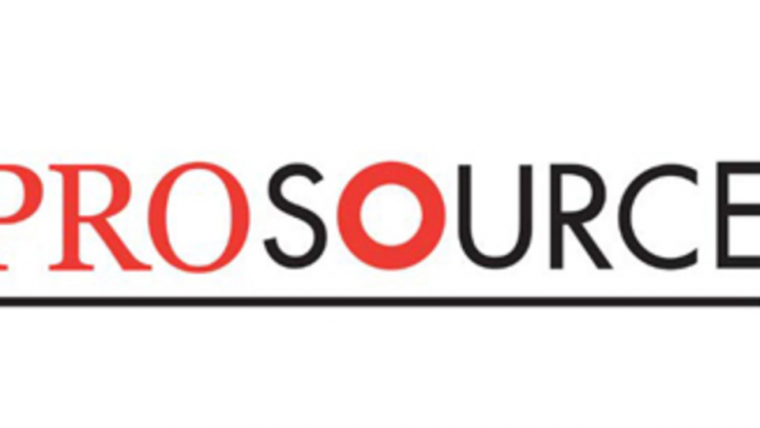
As 2019 came to a close, Asia passed North America to become the world’s largest market for smart speakers, with shipments more than doubling in the region as consumers flocked to buy the newest devices. Smart speaker shipments in Asia surged to 47 million units in 2019, up from 21 million in 2018, according to Omdia. This impressive growth gave Asia a 46 percent share of global shipments, exceeding the North American total of 42 percent. The Asian market ended the year with nearly 5 million more speaker shipments that North America, as reported by the Omdia Smart Speakers Market Tracker.
“Voice assistant platforms increasingly are encouraging consumers to access their capabilities via smart speakers located throughout homes—rather than through smartphones,” said Blake Kozak, principal analyst at Omdia. “This means that smart speakers and voice assistants are beginning to resemble ‘super-apps,’ with the capability to serve as the access point for multiple apps. This feature is proving very alluring to consumers in Asia.”
Smart speaker market turns up the volume
Globally, more than 100 million smart speakers were shipped in 2019, up about 41 percent from 72 million in 2018. Shipments are expected to increase by an additional 36 percent in 2020.
In 2019, the global installed base of smart speakers was estimated at about 205 million units, with North America accounting for a 52 percent share. The global installed base of smart speakers is expected to rise to 325 million in 2020. In North America, brands are working on delivering voice assistants that sound natural and are focused on privacy.
Displays are another big growth factor for smart speakers. In North America, about 7.4 million smart speakers shipped in 2019 incorporated a display. The Amazon Echo Show 5 was estimated to represent nearly 40 percent of these shipments in 2019, while the Google Home Hub represented about 23 percent.
The phrase that continues to be tossed around in the U.S. regarding the smart speaker market is that it is a gateway product to the connected home, and numbers such as these would most certainly seem to confirm that notion.



